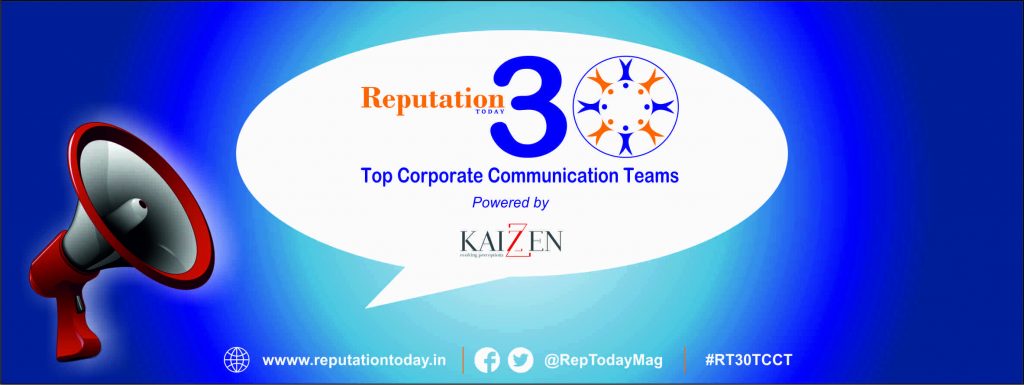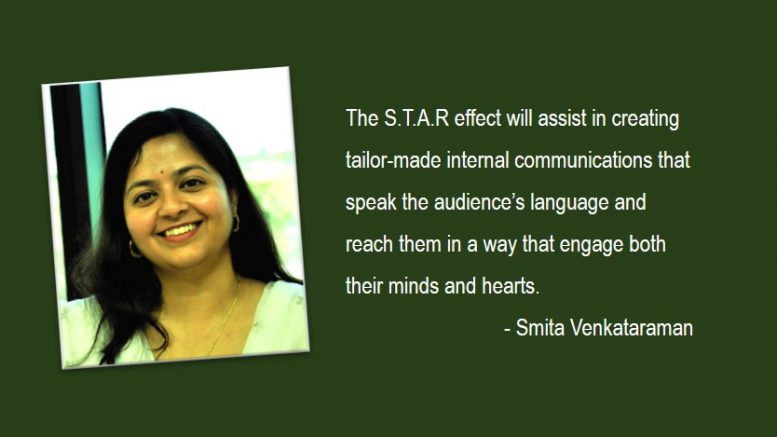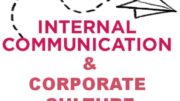You created this superb poster. It had all the important details you wanted to convey to your employees. You and your team felt that visually, it was a winner and spent hours adding content to it, and tweaking the graphics. Then you went ahead and broadcast it over email to all employees across various geographies. A few days later, you checked with staff randomly on the content you had shared.
Blank faces. Puzzled looks. Sheepish shrugs. They had not noticed your poster.
“The single biggest problem in communication is the illusion that it has taken place” – George Bernard Shaw.
Welcome to the world of internal employee communications – where content sometimes gets drowned by visuals, visuals get mauled by copious data, and broadcasting channels flood the senses with a barrage of information – each vying for the limited, precious attention of its audience.
Internal communications is a science and an art.
Science, because it blends psychology, applied linguistics, neuroscience and statistics.
Art, because it dips into poetic expression, musical charm and arresting visuals to tug and stir human emotions.
Over the years, I have realised that the maximum impact of any internal communications lies in its simplicity. Wipe off the clutter. Keep it simple, brief and direct. But most importantly, choose the channel that the audience values. And deliver the way the audience wants.
Here is a quick checklist of four elements to create compelling internal communications that provide measurable impact. The S.T.A.R Effect.
- S – Simplicity
- T – Timing
- A – Attention
- R – Responsiveness
The S.T.A.R effect encompasses content creation, placement, delivery and a feedback/feed-forward process.
Simplicity: Content that is clear, easy to understand, in simple language and brief is appreciated by audiences that are strapped for time and bandwidth. The modern professional is bombarded by information and distracted. Lengthy content merely induces fatigue, puts the audience off, and at best, gets glanced at and then promptly deprioritised.
A good way to simplify your content is to present it to a cross-functional group of colleagues who are not connected to the Corporate Communications team. It is like doing a product pilot, a beta test with trusted influencers who can share valuable insights on what needs to be changed to achieve the desired impact.
Timing: If you are sharing important information and are planning to deliver it on a specific media such as intranet, newsletter, townhall, focus group, internal messaging platform, internal TV screens, company radio, email or internal social media, it helps to check if there are other message campaigns running simultaneously on the same platform. Multiple messages hitting the same audience in the same time frame means messages cannibalise each other, and quickly morph into a lose-lose situation for all.
Do a quick statistical analysis of past messages on their click-through and open rates, get feedback using scientifically-stratified focus groups with employees and run reports on platform traffic to find the most preferred time slots when a message has the highest chance of success to be seen, read and understood.
Attention: Creating content is only half the battle won. Mere text won’t cut it, unless your text and captions by themselves are arresting enough to stop people on their tracks so they read the full content. Add catchy graphics. See if your content can be converted into an infographic. Videos have a magical appeal – if your content has scope to be turned into a snackable video, do it. Text overlay, background music or jingle, call to action buttons, voice over narratives – pull out all stops to attract the new age audience that enjoys a multimedia, surround-sound experience.
In the world of advertising, there is an AIDA method – Attention, Interest, Desire and Action. This applies perfectly to Internal Communications too. Your communication needs to grab attention, elicit interest, create desire to read and understand, and finally act on it. So, select a broadcasting channel where your audience is likely to be most active, and very importantly customise the content, if required, for each geography, considering the cultural nuances.
Responsiveness: A ‘get in touch’ channel can turn the monologue into a dialogue. Invite responses, and queries and respond quickly to any employee who gets in touch. Unanswered emails, unreturned phone calls, unaddressed voice mails spell the death knell for internal communications, as radio silence and delays rapidly erode trust, impact speed of transmission and lead to misperceptions.
Have an SLA (service level agreement) and let your employees know by when you or your team will get back to them. Set up automated acknowledgements to let them that know their comments and questions have been received. And diligently follow it through with the appropriate response.
In summary, the S.T.A.R effect will assist in creating tailor-made internal communications that speak the audience’s language and reach them in a way that engage both their minds and hearts.

This article is part of series written by team leaders or professionals from the Reputation Today 30 Top Corporate Communication Teams – 2018 powered by Kaizzen Communications.







Wow! Smita.. we can experience STAR impact in this article as well!! 🙂